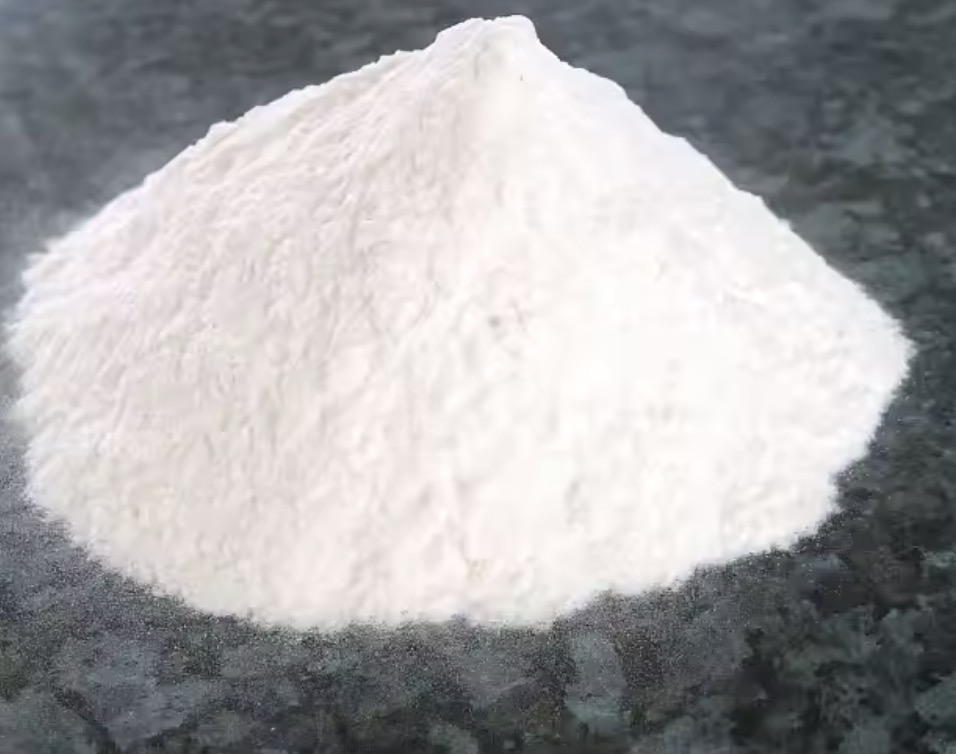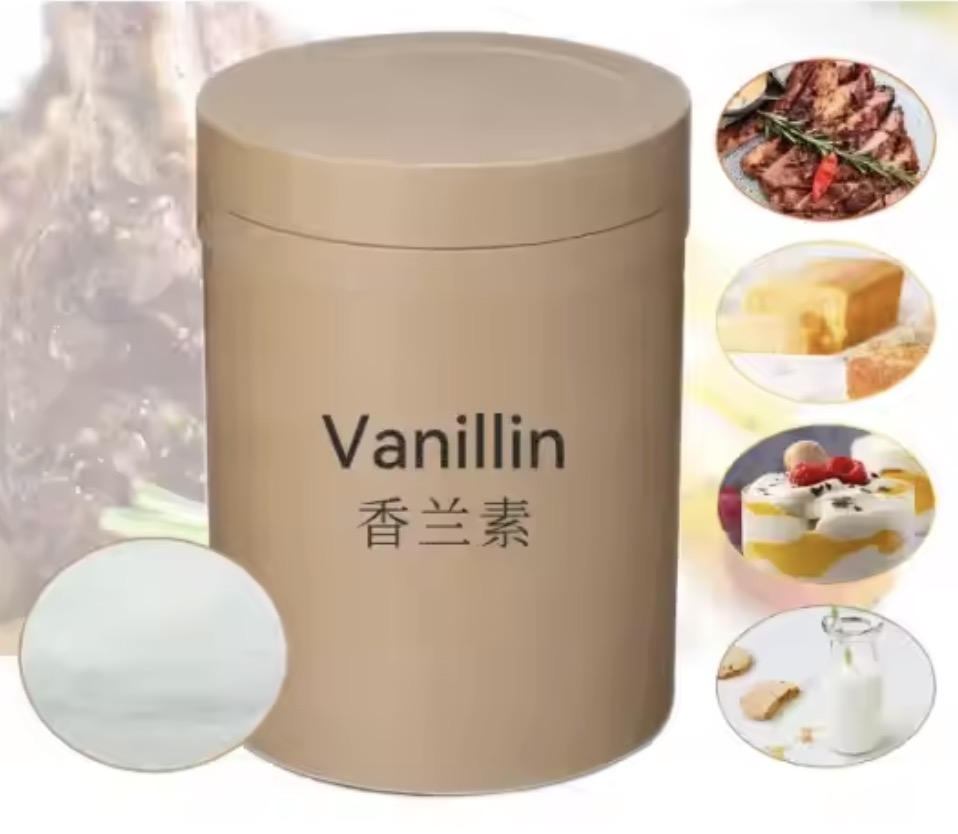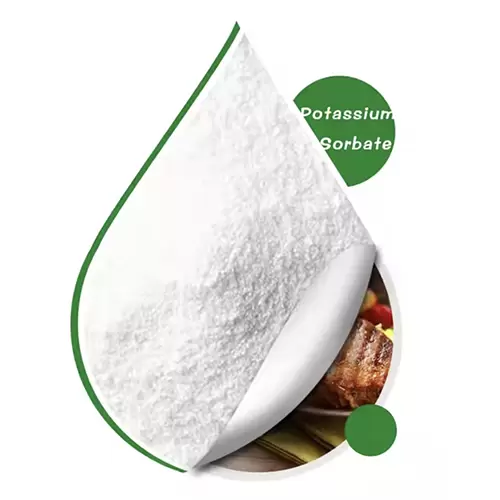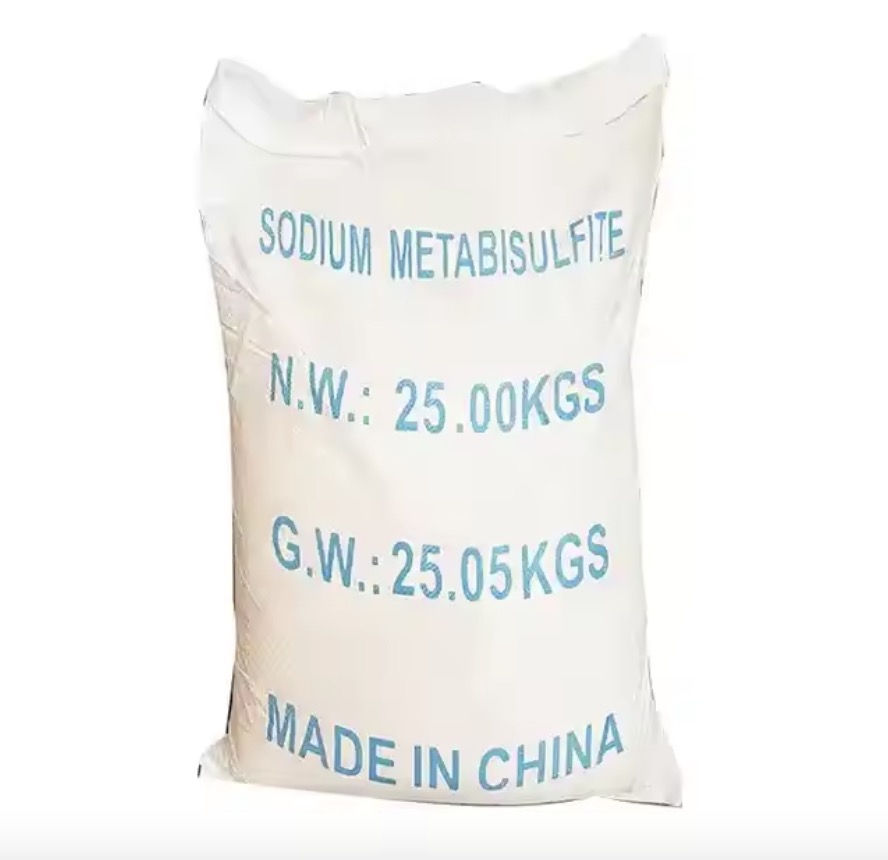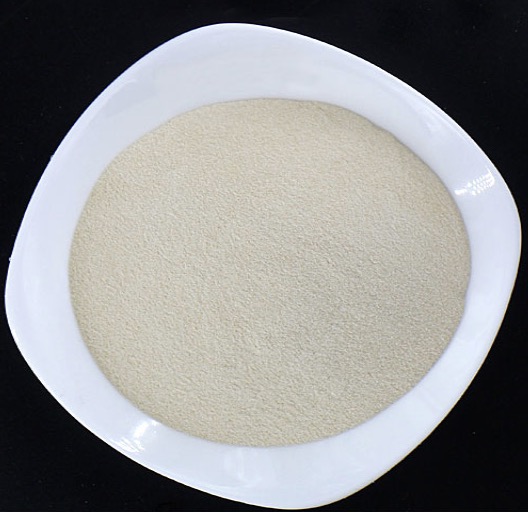Карбоксиметилцеллюлоза (КМЦ) или целлюлозная камедь - это производное целлюлозы с карбоксиметильными группами (-CH2-COOH), связанными с некоторыми гидроксильными группами мономеров глюкопиранозы, составляющих основу целлюлозы. Часто используется в виде натриевой соли - карбоксиметилцеллюлозы натрия.
Он синтезируется в результате катализируемой щелочью реакции целлюлозы с хлоруксусной кислотой. Полярные (органические кислоты) карбоксильные группы делают целлюлозу растворимой и химически реактивной. Функциональные свойства КМЦ зависят от степени замещения структуры целлюлозы (т.е. от того, сколько гидроксильных групп участвовало в реакции замещения), а также от длины цепи целлюлозной основы и степени кластеризации карбоксиметильных заместителей.
Используется:
КМЦ используется в пищевой промышленности в качестве модификатора вязкости или загустителя, а также для стабилизации эмульсий в различных продуктах, включая мороженое. В качестве пищевой добавки она имеет номер Е466. Он также входит в состав многих непищевых продуктов, таких как K-Y Jelly, зубная паста, слабительные средства, таблетки для похудения, краски на водной основе, моющие средства, текстильные прокладки и различные бумажные изделия. Он используется в основном потому, что обладает высокой вязкостью, нетоксичен и гипоаллергенен. В стиральных порошках он используется как суспензионный полимер, предназначенный для осаждения на хлопке и других целлюлозных тканях, создавая отрицательно заряженный барьер для почвы в стиральном растворе. КМЦ используется в качестве лубриканта в нелетучих глазных каплях (искусственных слезах). Иногда используется метилцеллюлоза (МЦ), но ее неполярные метильные группы (-CH3) не добавляют растворимости и химической реактивности к основной целлюлозе.
После первоначальной реакции в результате смеси образуется примерно 60% КМЦ плюс 40% солей (хлорид натрия и гликолят натрия). Этот продукт представляет собой так называемую техническую КМЦ, которая используется в моющих средствах. Дальнейший процесс очистки используется для удаления этих солей, чтобы получить чистую КМЦ, которая применяется в пищевой, фармацевтической промышленности и в производстве зубной пасты. Также производится промежуточный "полуочищенный" сорт, обычно используемый в бумажной промышленности.
КМЦ также используется в фармацевтике в качестве загустителя. КМЦ также используется в нефтебуровой промышленности в качестве ингредиента бурового раствора, где он выступает в качестве модификатора вязкости и водоудерживающего агента. Полианионная целлюлоза или ПАЦ является производным от целлюлозы и также используется в нефтепромысловой практике. КМЦ - это, безусловно, карбоновая кислота, а ПАЦ - эфир. КМЦ и ПАЦ, хотя и производятся из одного и того же сырья (целлюлозы, количество и тип используемых материалов приводит к получению разных конечных продуктов. Первое и главное различие между КМЦ и ПАЦ заключается в стадии радикализации. Карбоксиметилцеллюлоза (КМЦ) отличается от полианионной целлюлозы как химически, так и физически.

